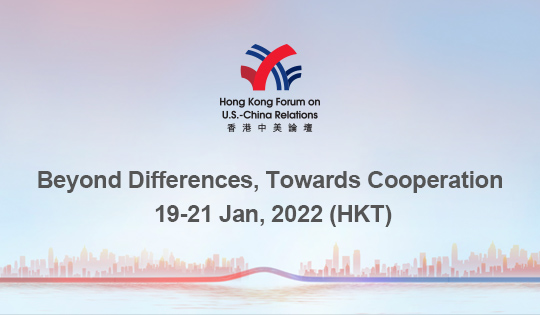The African Continent’s health outcomes are among the poorest in the world, with HIV/AIDS and Ebola only the latest scourges to kill millions of persons south of the Sahara. Pneumonia and diarrhea result in the greatest number of African fatalities, especially among children, but drug-resistant tuberculosis and malaria also cause massive mortality and abundant morbidity. Then there are the debilitating diseases vectored by worms and flukes and spread by flies, mosquitoes, and snails: schistosomiasis (bilharzia), helminthiasis (small worm ailments), filariasis (elephantiasis), trachoma, river blindness, guinea worm disease, sleeping sickness, and Leishmaniasis. Life expectancy is the lowest in the world and maternal mortality the highest globally.
Contributing to these depressing statistics are vast shortages of physicians, nurses, and suitable facilities. Whereas Asia has 0.5 physicians per 1000 citizens, Africa can only count on 0.09 physicians per 1000 citizens. A very poor country like Malawi has only 1 trained doctor for every 365,000 people (in a country of 13 million). The figures for the United States are 2.3 per thousand and for Europe, 3.6 per thousand.
Most of Malawi’s trained nurses are in London rather than working at home. Additionally, clinics and hospitals are generally run-down, poorly maintained, and wildly overcrowded, sometimes with two or three patients sharing a bed. Clean water is scarce and improved sanitation is available only to a third of all sub-Saharan Africans.
Partially to ameliorate African medical results, China last week announced that it intended to help Africa improve its health outcomes by building 100 new hospitals and clinics across the continent. This well-received announcement was made at the conclusion of the Second Ministerial Forum on China-Africa Health Development in Cape Town by Li Bin, director of China’s National Population and Family Planning Commission.
China will also support twenty Chinese tertiary hospitals to work with counterparts in Africa to strengthen the capacity of clinical specialists. That action plan is intended to encourage the establishment of cooperative mechanisms between medical institutions in China and Africa. What is envisaged is a hospital-to-hospital and institution-to-institution set of relationships so as to promote expert exchanges, special training courses, and overall technology transfers.
Li Bin will also contemplate sending about 1500 medical professionals to Africa to help alleviate personnel shortages, to train African medical personnel in China, and to give scholarships to embryonic physicians.
As a group, the health ministers meeting in Cape Town agreed to “support a new, well-funded and functional international response system to manage future pandemics” such as Ebola. China promised to play a full part in that effort.
During the Ebola pandemic, now virtually over, China contributed $120 million to assist the WHO and Liberia, Guinea, and Sierra Leone in combating Ebola. China also sent nearly 1000 medical workers to help trace and care for Ebola victims.
China has also been playing a key role, according to the WHO, in supplying inexpensive vaccines to Africa. It committed $5 million to GAVI, the international vaccination alliance, thus solidifying China’s growing role as an important player in upgrading indigenous medical results in Africa.
In Cape Town, China pledged to encourage ten large Chinese pharmaceutical and medical equipment enterprises to transfer vital technology concerning the production, maintenance, and distribution of quality pharmaceutical products and medical equipment to African countries. If large scale production of vaccines and medicines actually develops in Africa via the Chinese connection, the benefits to impoverished and medically vulnerable Africans will be immense.
The award of this year’s Nobel Prize in medicine to a leading Chinese expert in traditional medicine also focused global attention on China’s major gift to Africa, Artemisinin. Artemisinin, synthesized from Chinese wormwood following traditional designs, is now the central component in the most thoroughly effective prophylactic combination preventing malarial attacks. Fused with other agents, it is widely used in Africa in place of chloroquine, Lariam, and other older remedies. With malaria both a key killer and a major cause of morbidity, reduced economic productivity, missed schooling, and frequent hospitalizations, China hopes to decrease the 600 million Africans annually infected.
Taking an increasingly more intense interest in the medical problems besting sub-Saharan Africa, China may be a major contributor to this decade’s enhancement of African health outcomes and standards of living. Nothing could be of more value than the contribution to the welfare of millions on the African continent.

